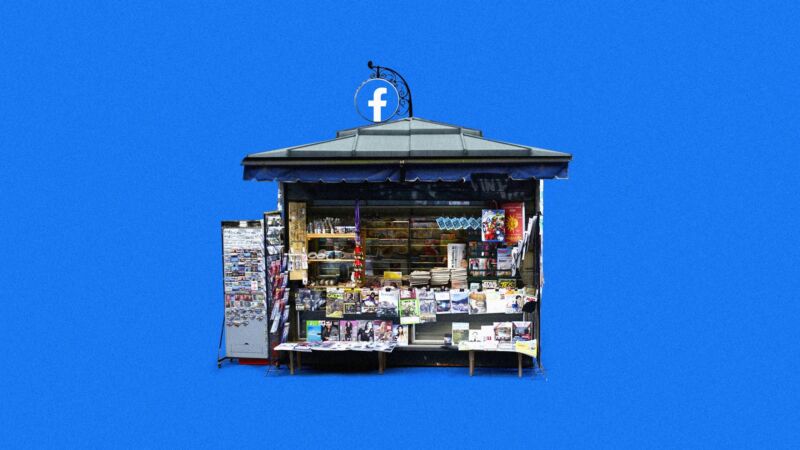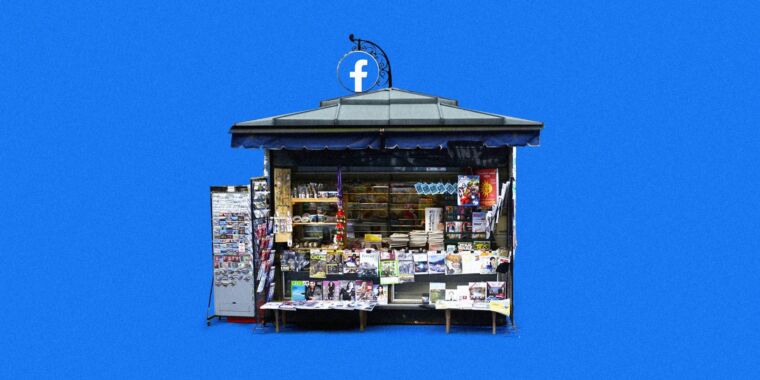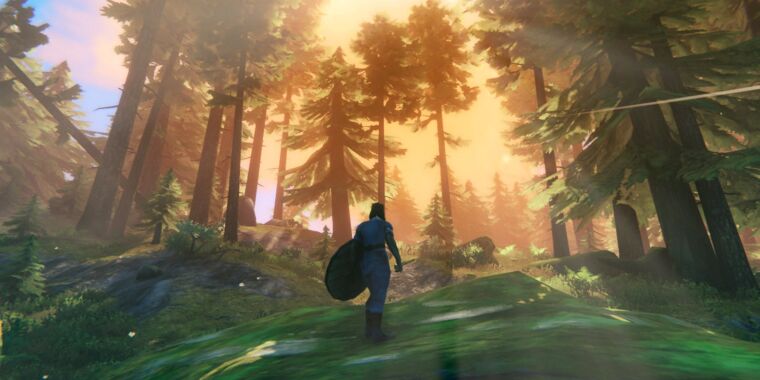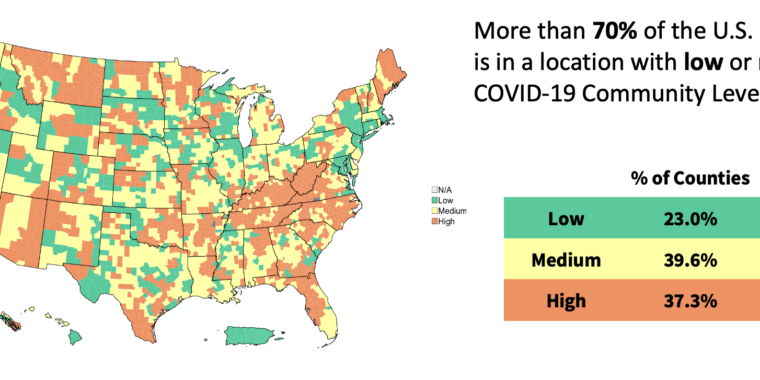
Elena Lacey | Getty
Over Zoom, Australia’s communications minister, Paul Fletcher, has the air of a man in the middle of a victory speech. He credits his team and the country’s competition regulator for succeeding where others had failed: forcing tech giants to pay for news. “There were a lot of people saying you can’t really succeed in taking on the global digital giants,” he says, sitting beneath strip lighting in his Sydney constituency office. But Fletcher and Australia’s federal treasurer, Josh Frydenberg, persevered. In 2020, when the Australian government asked the competition regulator to develop a law that would force tech giants to pay for the news that appears on their feeds, Fletcher was aware of the stories others used as warnings. When Germany’s biggest news publisher, Axel Springer, tried to block Google from running snippets of its articles in 2014, it backtracked after just two weeks once traffic plunged. When Spain tried to force Google to pay for news in 2014, the search giant just left—blocking Google News in the country for seven years.
Google threatened Australia with even more drastic action. In January 2021, the tech giant suggested Australians could lose access to its entire search engine if Fletcher and Frydenberg’s “news media bargaining code,” which would force platforms to pay news publishers for links, came into force. Facebook also lobbied hard against the code, arguing that news makes up less than 4 percentof the content people see in their news feed. On February 17, Australians woke up to discover that all news links had been wiped off the platform, leaving the Facebook pages of the country’s biggest media companies completely blank. Traffic to news websites sank 13 percent, illustrating exactly what the government said it was worried about. Facebook’s actions “confirm for all Australians [the] immense market power of these media digital giants,” Frydenberg said at the time.

Still, the government did not back down. According to Fletcher, the code was Australia’s answer to a problem that was first and foremost about competition. The argument was simple—Australia’s news industry should be compensated for helping Google and Facebook attract eyeballs. “What we’re trying to do is replicate the ordinary commercial dealings that would occur in a market where there wasn’t a huge imbalance of bargaining power,” he says.
But others suspect the code was really an attempt to subsidize the media industry, which was suffering from intense online competition for advertising. Out of every 100 Australian dollars spent on advertising in 2019, AD$53 ($38) went to Google, AD$28 to Facebook, and AD$19 to all other websites including media outlets, according to Australia’s competition watchdog. If this was the reason for the code, Bloomberg editors described it as a misdiagnosis in an op-ed. “Journalism’s business model wasn’t broken by digital platforms,” they said, “[the internet] offered consumers a wealth of free news and opinion and gave advertisers options and audiences that traditional publishers haven’t been able to match.”
Australians experienced this standoff through their Facebook feeds. For eight days, the site featured no news. Then, at 1 am on February 26, 2021, news content started to reappear, reversing users’ feeds to how they always looked. But behind the scenes, tech’s relationship with the media had permanently shifted.
Google and Facebook did not leave; they paid up, striking deals with news organizations to pay for the content they display on their sites for the first time. The code was formally approved on March 2, 2021, writing into law that tech platforms had to negotiate a price to pay news publishers for their content. If they didn’t, an arbiter would step in not only to force the platforms to pay but also to set the price. One year after the media code was introduced, Google has 19 content deals with news organizations and Facebook has 11, according to Fletcher.
Now countries around the world are looking at Australia’s code as a blueprint of how to subsidize the news and stop the spread of “news deserts”—communities that no longer have a local newspaper. Canada is expected to propose its own version in March. Media associations in both the US and New Zealand are calling for similar policies. Reports suggest the UK culture secretary, Nadine Dorries, is also planning to require platforms to strike cash-for-content deals.








